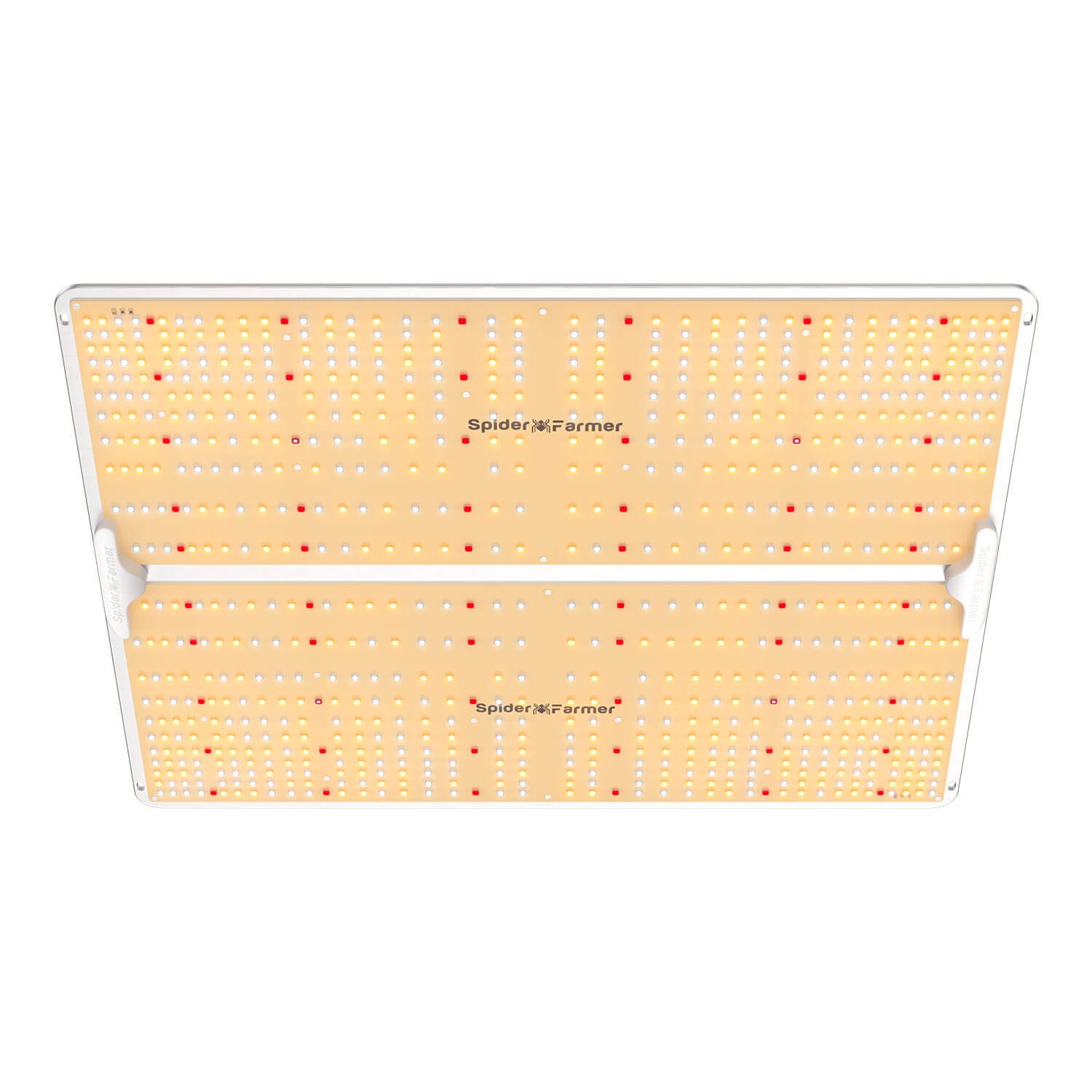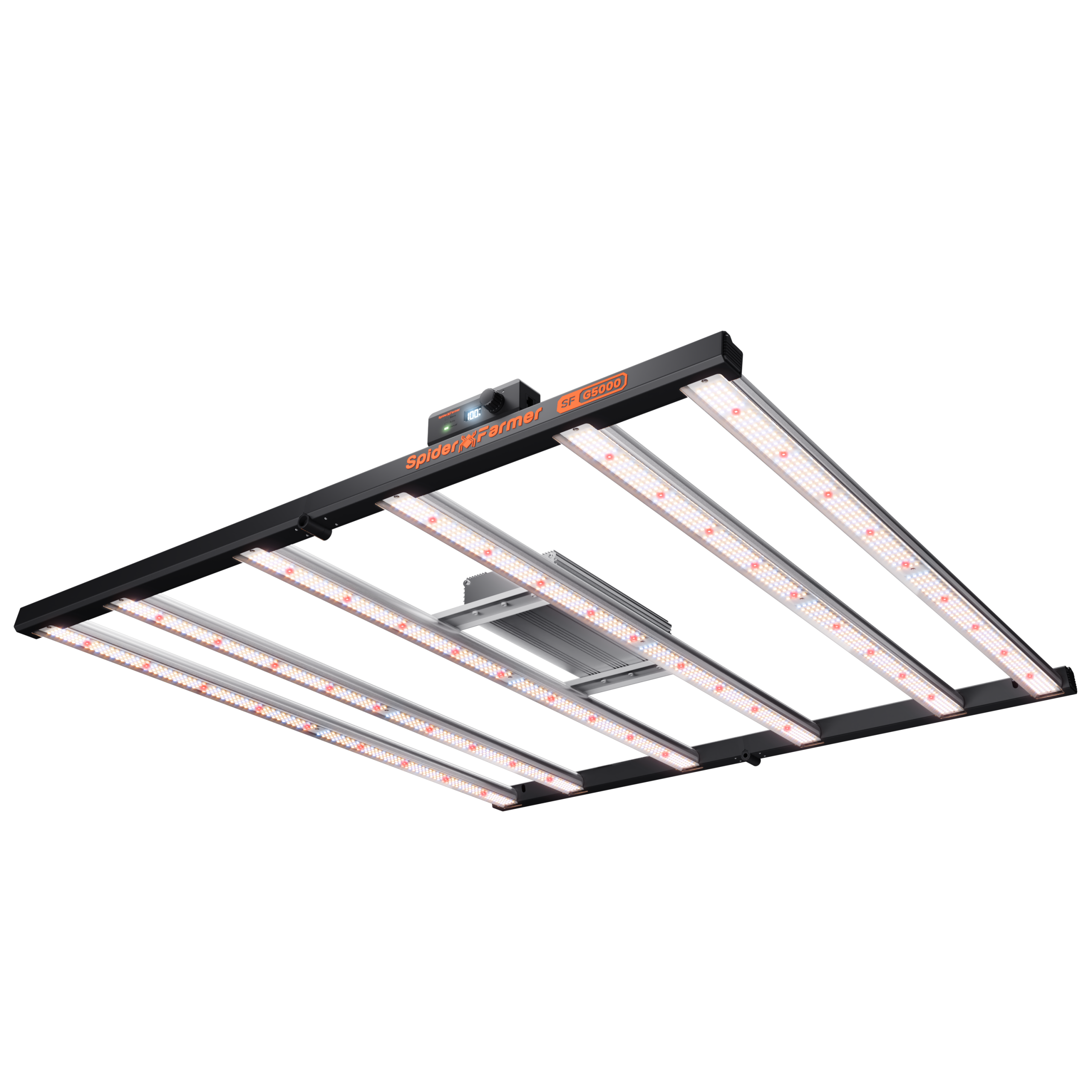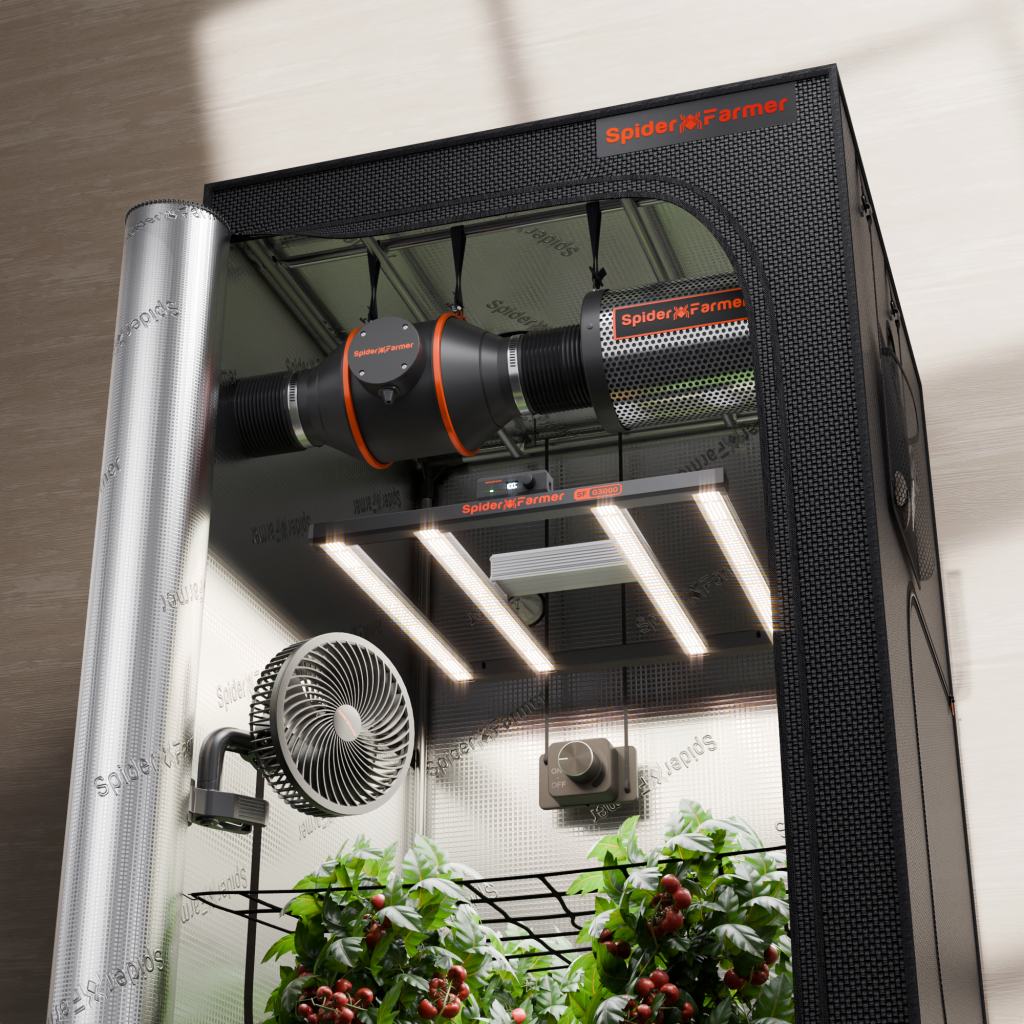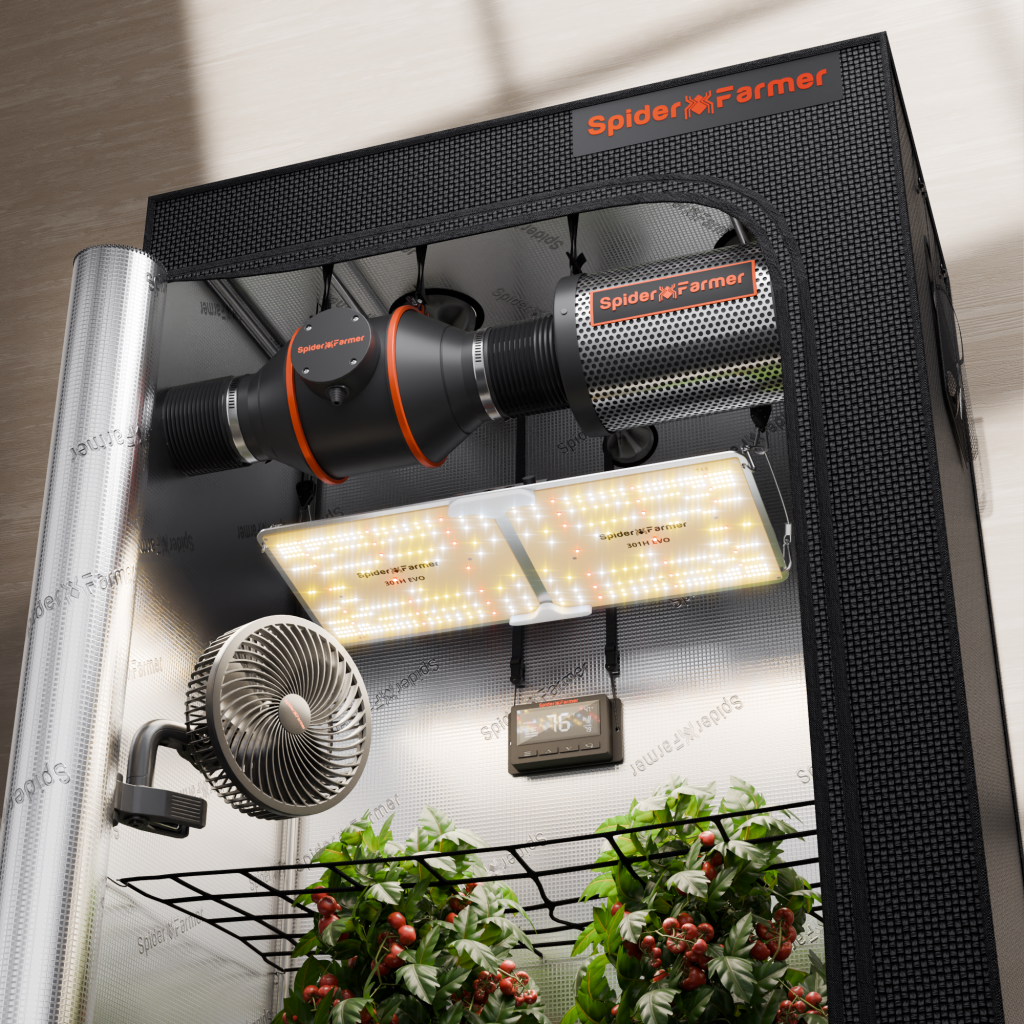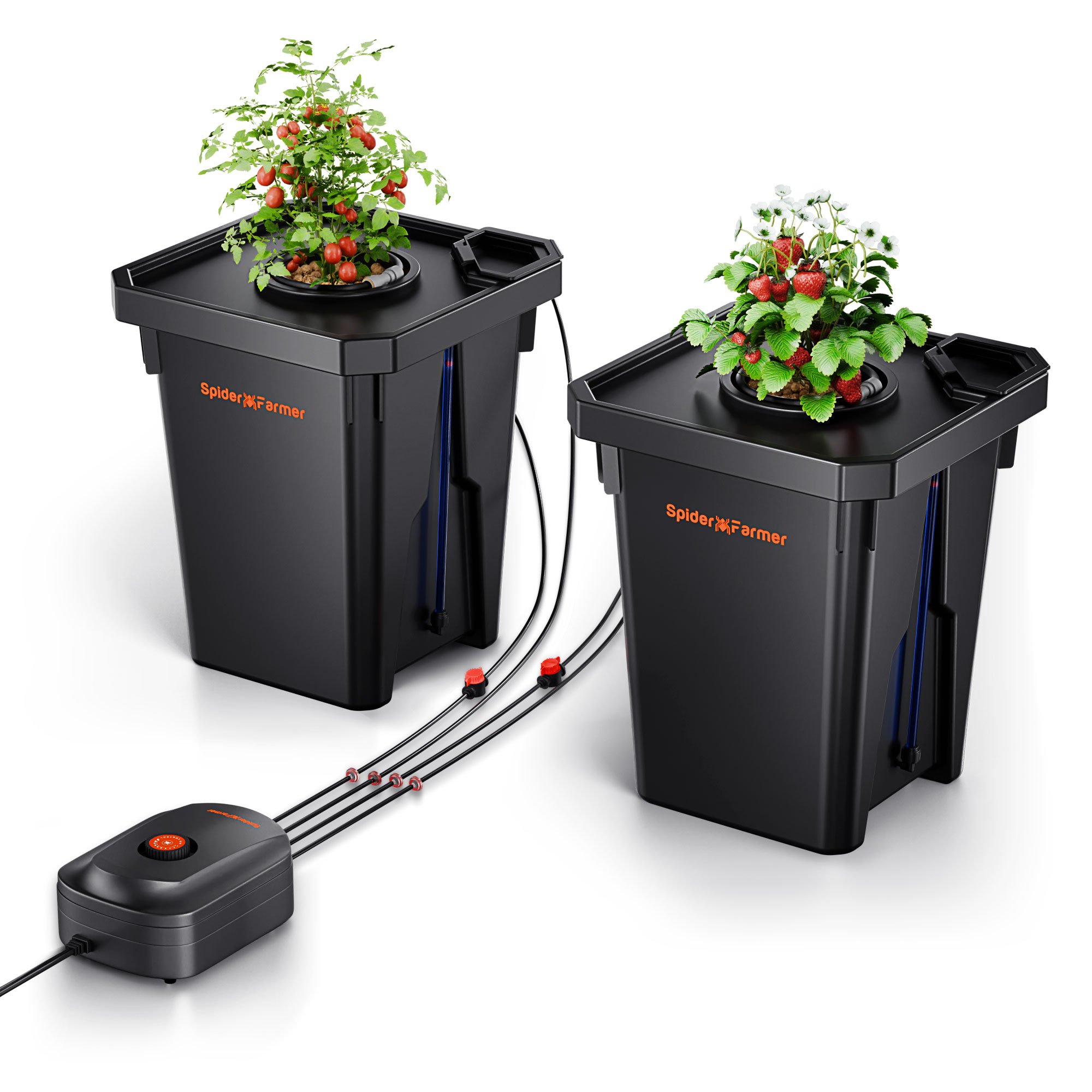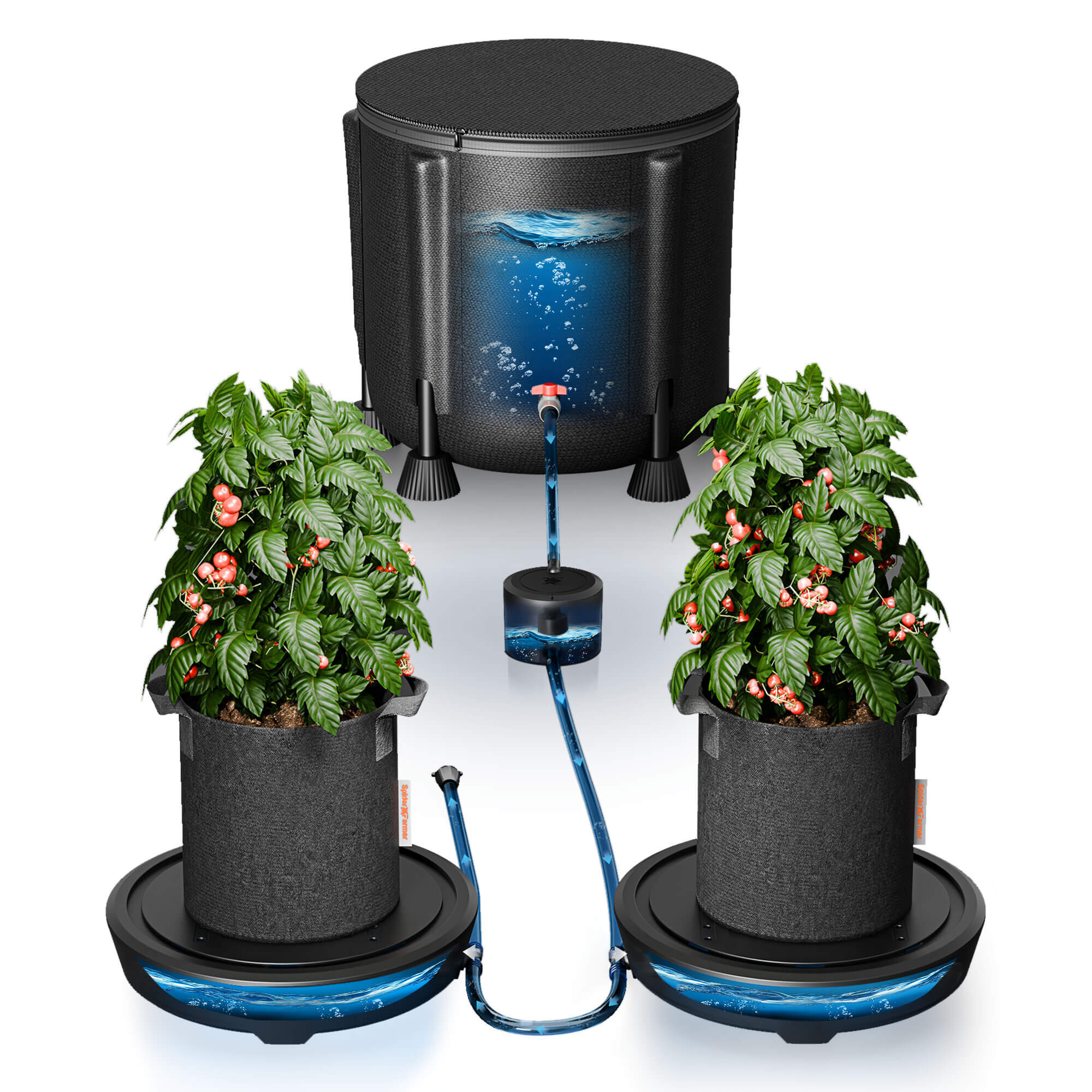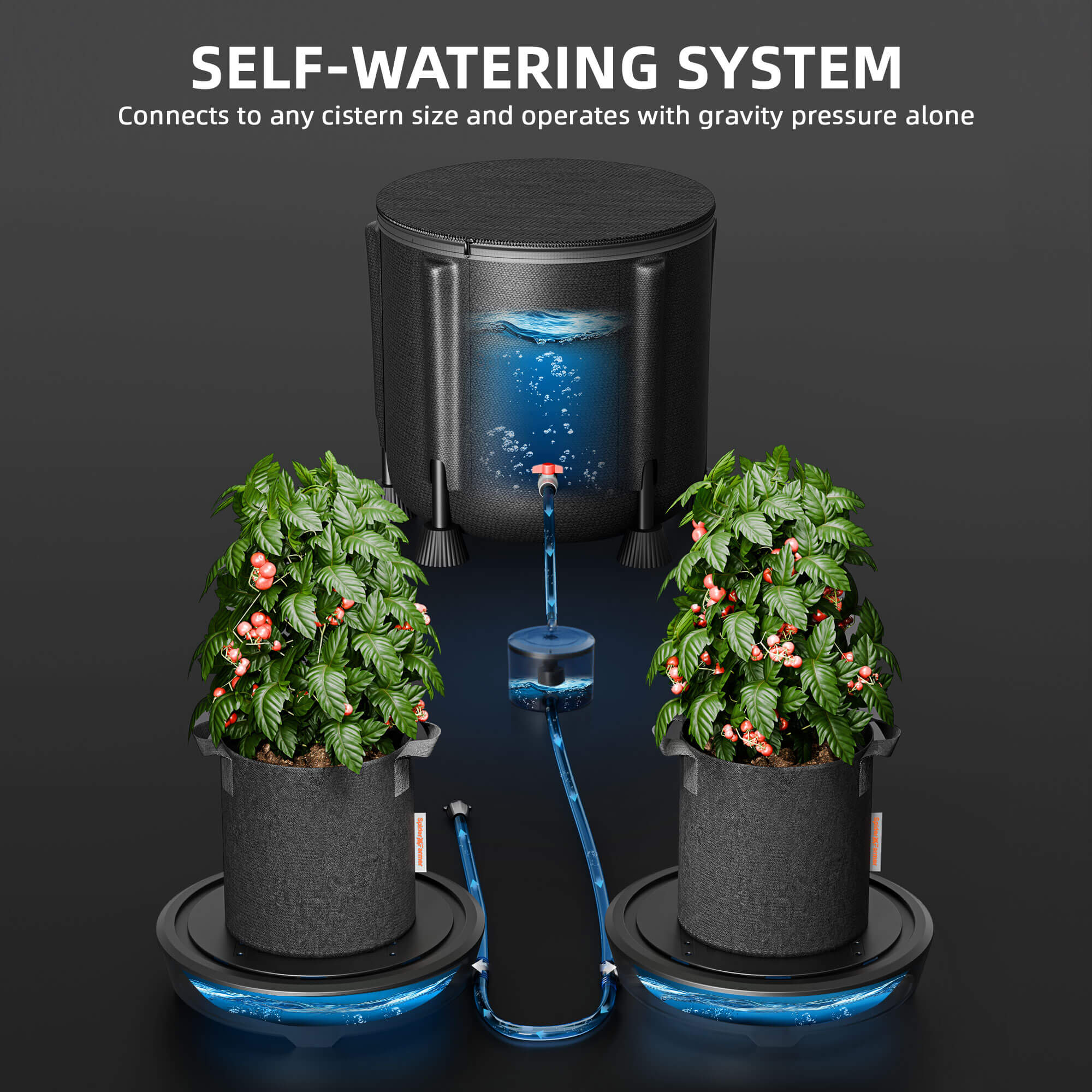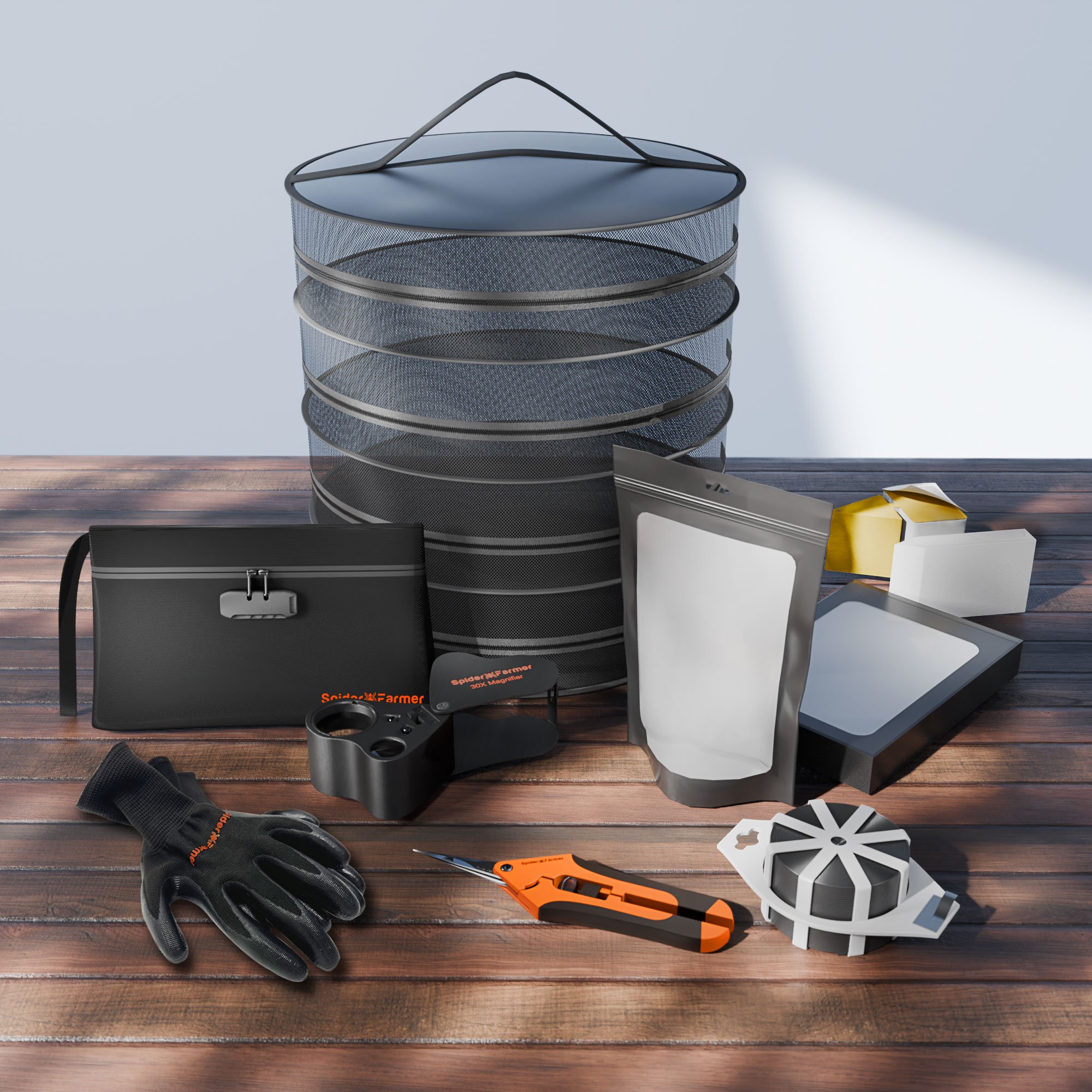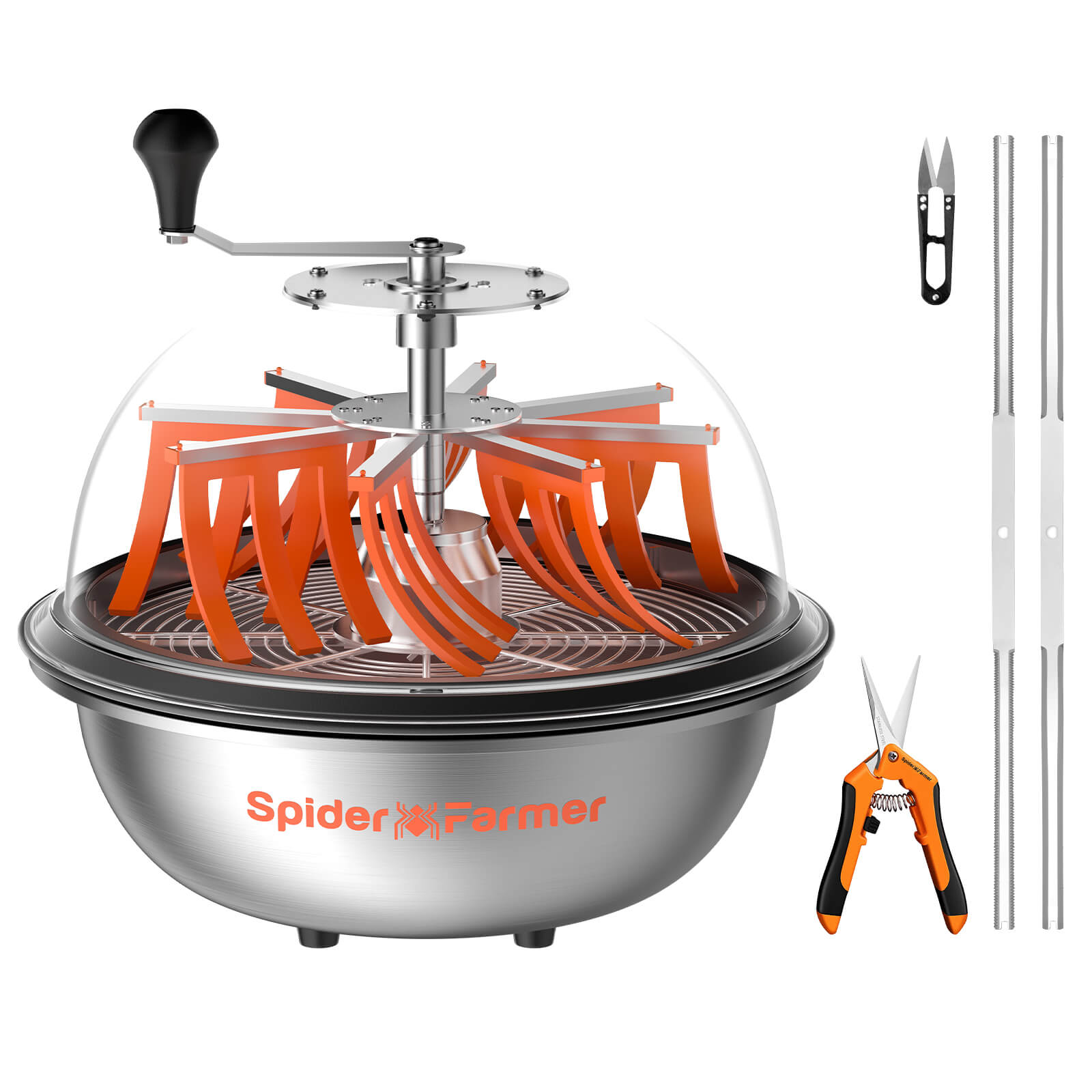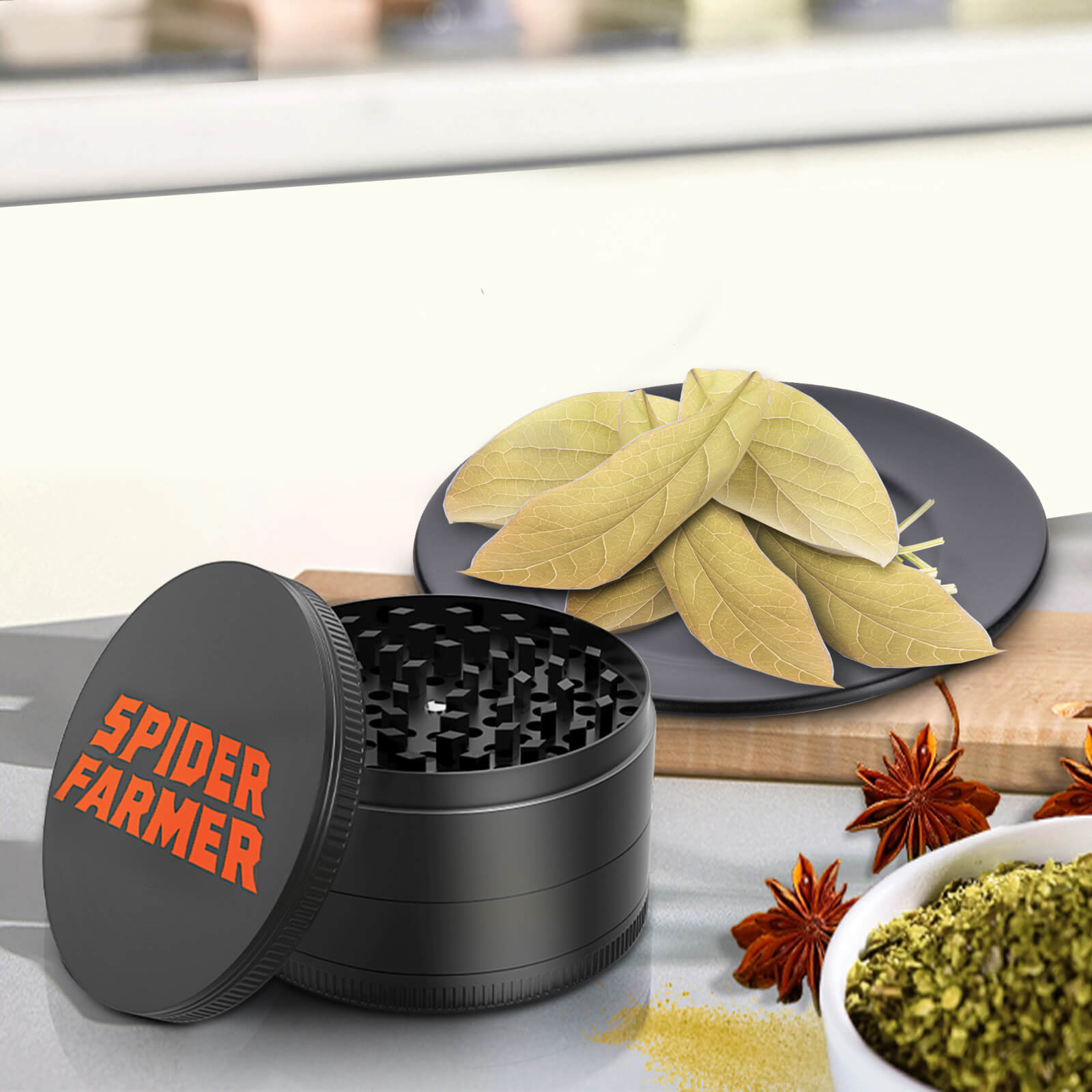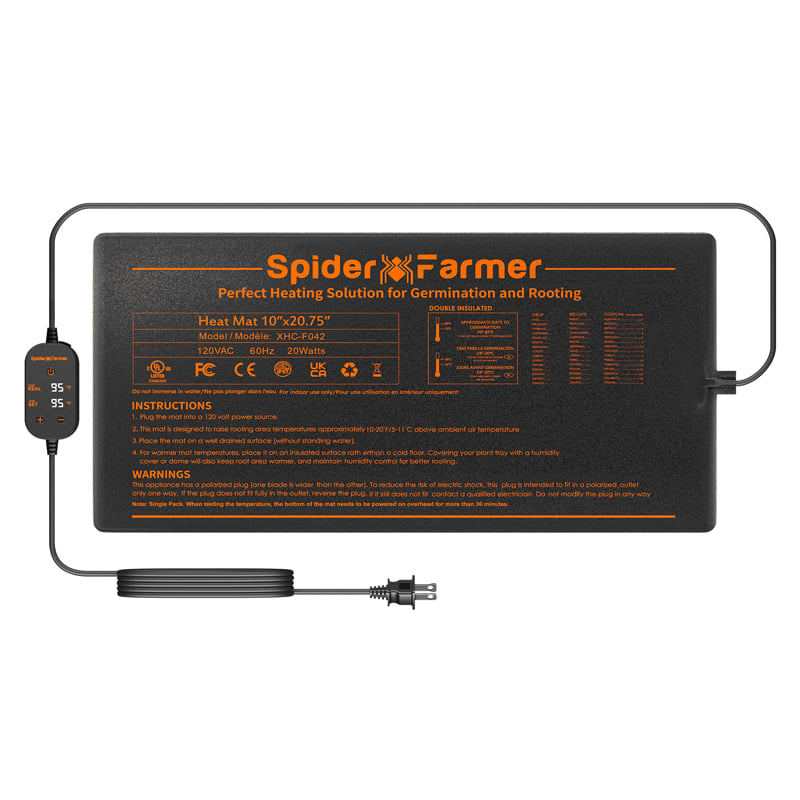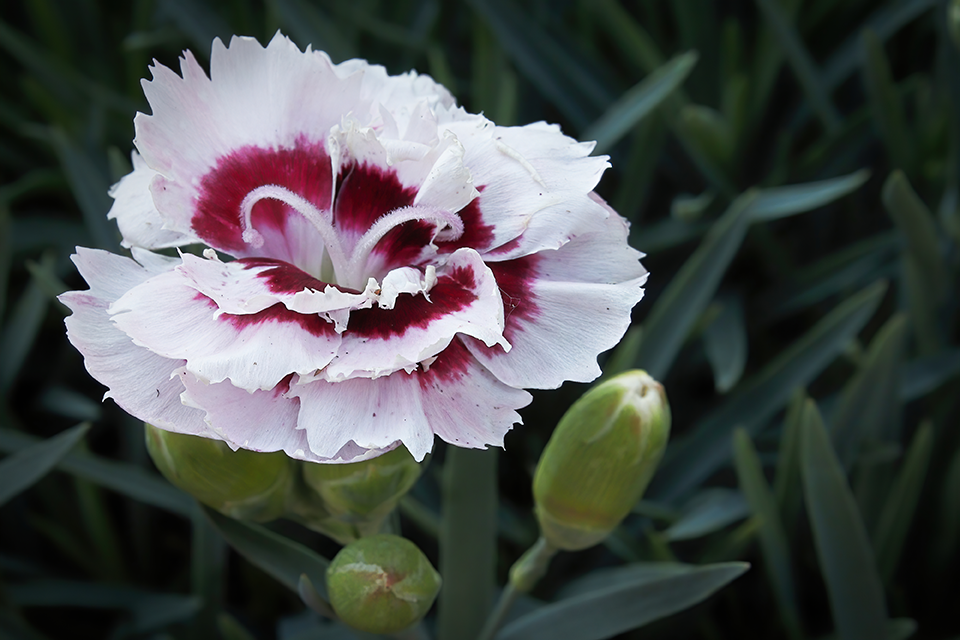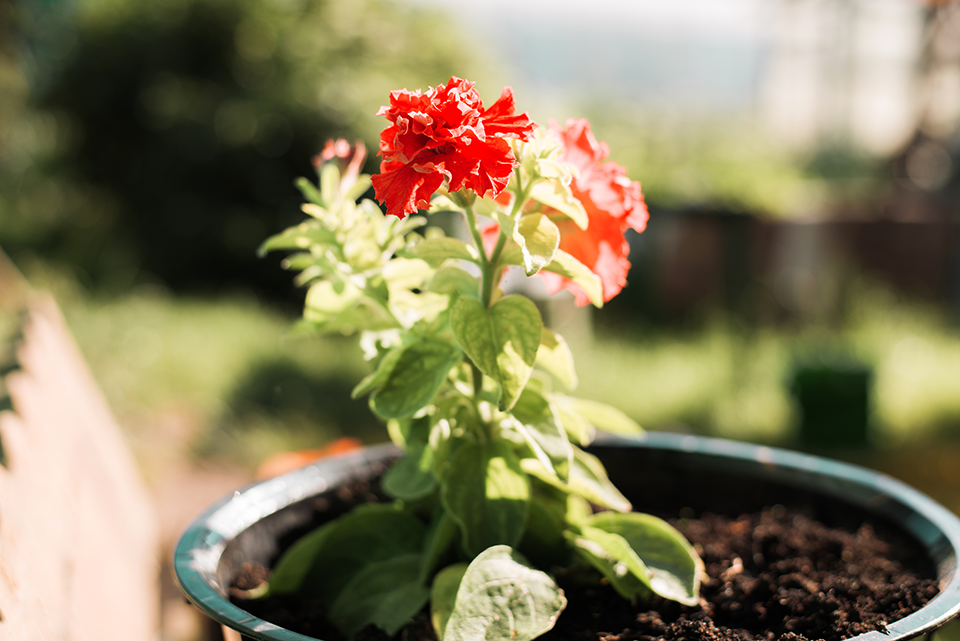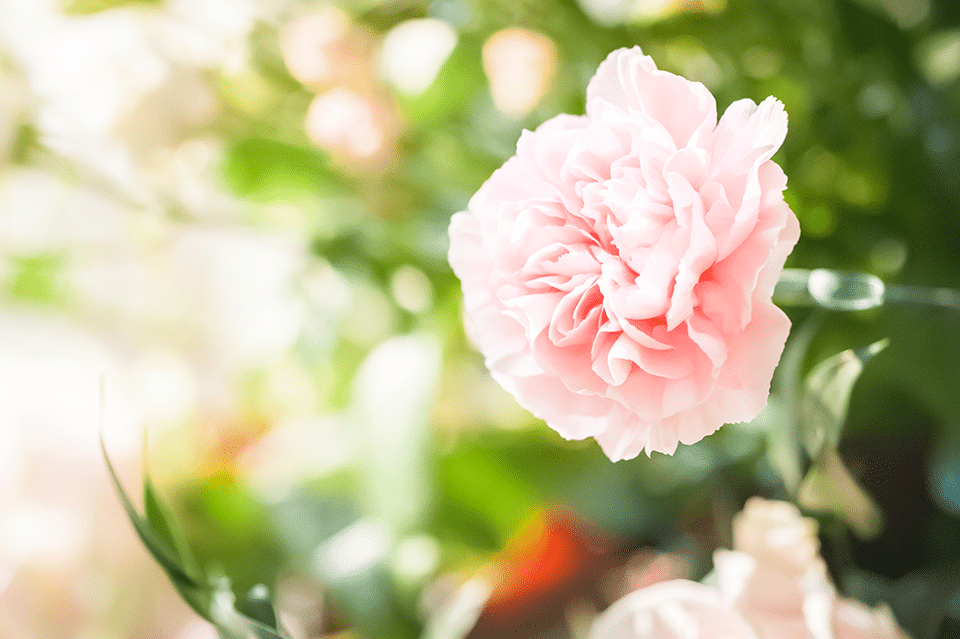The Ultimate Guide to Growing Carnations
Carnations, botanically known as Dianthus caryophyllus, are among the most popular flowers in the world due to their kind meaning. Known for their ruffled petals and delightful fragrance, these flowers are a favorite in gardens and floral arrangements. If you are interested in growing carnations on your own, this is the right place!
Read on to learn the ultimate guide on growing carnations, particularly growing carnations in pots, plus the best plant caring tips on carnations.
Types of Carnations
Carnations have thousands of types. Before planting carnations directly, let’s have a quick look at some basic varieties you may come across once or twice.
Dianthus Caryophyllus (Chabaud Carnations): This is the classic carnation type, also known as the standard carnation. These are large, frilly flowers perfect for cut flowers, bouquets, and as standalone decorative flowers. Specific cultivars include Jeanne Dionis, Benigna, Aurora, etc.
Border Carnations: Border carnations are smaller and more compact compared to their standard counterparts. They are often used for garden borders and as edging plants. These carnations are generally more tolerant of cold weather, making them ideal for cooler climates. Commonly seen cultivars include Helen, Blush, Red Rocket, etc.
Perpetual-Flowering Carnations: Also known as perpetual carnations, these types bloom continuously, providing flowers throughout the growing season.
Spray Carnations: Spray carnations such as Elegance, Exquisite, and Rony, also known as miniature or spray dianthus, produce multiple smaller blooms on a single stem.
Best Time to Plant Carnations
Carnations thrive in USDA hardiness zones 7-10. If you want to plant carnations from seeds, make sure your zone is at least USDA 6 to guarantee that the plants will survive the winter as perennials. Then you can begin the seeds indoors in a sunny window about six to eight weeks before the last expected frost in your area. This timing ensures that the young plants will not be damaged by the cold and will have the entire growing season to establish themselves before facing colder weather. Or, sow the seeds outdoors in the spring after the last frost, although they may not bloom in their first year.
Planting Carnations in Pots from Seeds
Choose the Right Spot
Select a sunny location for your carnations, as they need at least six hours of full sunlight daily. Place your pots near a south or west-facing window to ensure they get adequate light. If natural light is insufficient, consider using indoor grow lights for houseplants such as Spider Farmer SF600 LED Grow Light.
As for soil, carnations prefer well-drained, fertile soil with a pH between 6.7 and 7.0. You can improve soil drainage by adding organic matter like compost or aged manure.
Prepare the Seeds
Purchase high-quality carnation seeds from a reputable supplier or select your desired carnation type online. Some gardeners prefer to soak seeds in water for a few hours before planting to speed up seed germination, but this is optional.
Planting the Seeds
Sow the seeds about 1/8 inch deep in the soil. Lightly cover them with soil. Space the seeds about 12-18 inches apart to allow room for growth and air circulation. You can then water the soil gently after planting to ensure it is moist but not waterlogged.
Germination
Carnation seeds typically germinate in 2-3 weeks. During this period, keep the soil consistently moist and maintain a temperature of 65-70°F (18-21°C). Once the seedlings have developed two or three true leaves, it’s time to move them into their own individual containers to provide more space for growth.
So far, that’s how you grow carnations in pots with seeds. The rest is just some usual houseplant care you do for every member of your indoor garden. However, if you want to spread the scene to outdoor yards, keep on reading.
Transplanting Seedlings (If You Want to)
Before transplanting seedlings outdoors, gradually acclimate them to outdoor conditions by placing them outside for increasing amounts of time over a week. This process, known as hardening off, helps reduce transplant shock.
Once the danger of frost has passed and the seedlings have been hardened off, you can transplant them from their containers into the garden bed. Choose a sunny spot with well-drained soil, dig holes large enough to accommodate the root balls, and space the seedlings 12-18 inches apart.
Common Issues & Fixes When Growing Carnations
While carnations are generally easy to cultivate, growing carnations indoors can sometimes present challenges. Here are some common issues you might encounter and their solutions:
Yellowing Leaves
Yellowing leaves on carnations are often caused by overwatering, poor drainage, or nutrient deficiency. To fix this issue, ensure that your pot has proper drainage holes and avoid overwatering by allowing the top inch of soil to dry out before watering again. Consistent, appropriate watering and good soil drainage are critical to preventing yellowing leaves.
Wilting Plants
Wilting plants can be a result of underwatering or root rot caused by overwatering. If the soil is dry, you should water the plant to revive it. However, if the soil is waterlogged, you should repot the plant in fresh, well-draining soil and ensure the pot has adequate drainage holes.
Leggy Growth
Insufficient light is the primary cause of leggy growth in carnations. To address this, move the plant to a sunnier location where it can receive at least six hours of direct sunlight daily. If natural light is limited, consider using indoor grow lights to supplement the light.
Poor Flowering
Poor flowering in carnations can result from a lack of light, poor nutrition, or improper pruning. Ensure that the plant receives enough sunlight or supplemental light to support flowering. Regularly fertilize the plant with a balanced, water-soluble fertilizer to provide the necessary nutrients. Additionally, prune the plant to remove dead or yellowing leaves and spent flowers, which can encourage new blooms and improve overall plant health.
Pests (Aphids, Spider Mites, Thrips)
Pests such as aphids, spider mites, and thrips can thrive in indoor conditions that are too dry or on plants that are stressed. Regularly inspect the plants for signs of pests and treat infestations with insecticidal soap or neem oil.
Browning Leaf Tips
Browning leaf tips on carnations can be caused by excessive fertilizer, dry air, or inconsistent watering. To fix this issue, flush the soil with water to remove excess salts from fertilizers. Increasing humidity by misting the plant or using a humidifier can also help. Maintaining consistent watering practices, and ensuring the soil is neither too dry nor too wet, can prevent browning leaf tips.
Different Carnation Meanings
Carnations, with their rich history and diverse symbolism, convey a wide range of emotions and messages, largely depending on their color. For example, red carnations are perhaps the most widely recognized and symbolize deep love and admiration. White carnations are associated with purity, innocence, and good luck. They are frequently used in ceremonies and events that emphasize these qualities, such as weddings and graduations.
Pink carnations hold a special place in many cultures as they symbolize a mother's undying love. This makes them a popular choice for Mother’s Day, where they are given to honor and appreciate the unwavering affection and care of mothers. Yellow carnations, on the other hand, carry a more negative connotation, representing disappointment or rejection. They might be used to subtly express dissatisfaction or to signal the end of a relationship.


